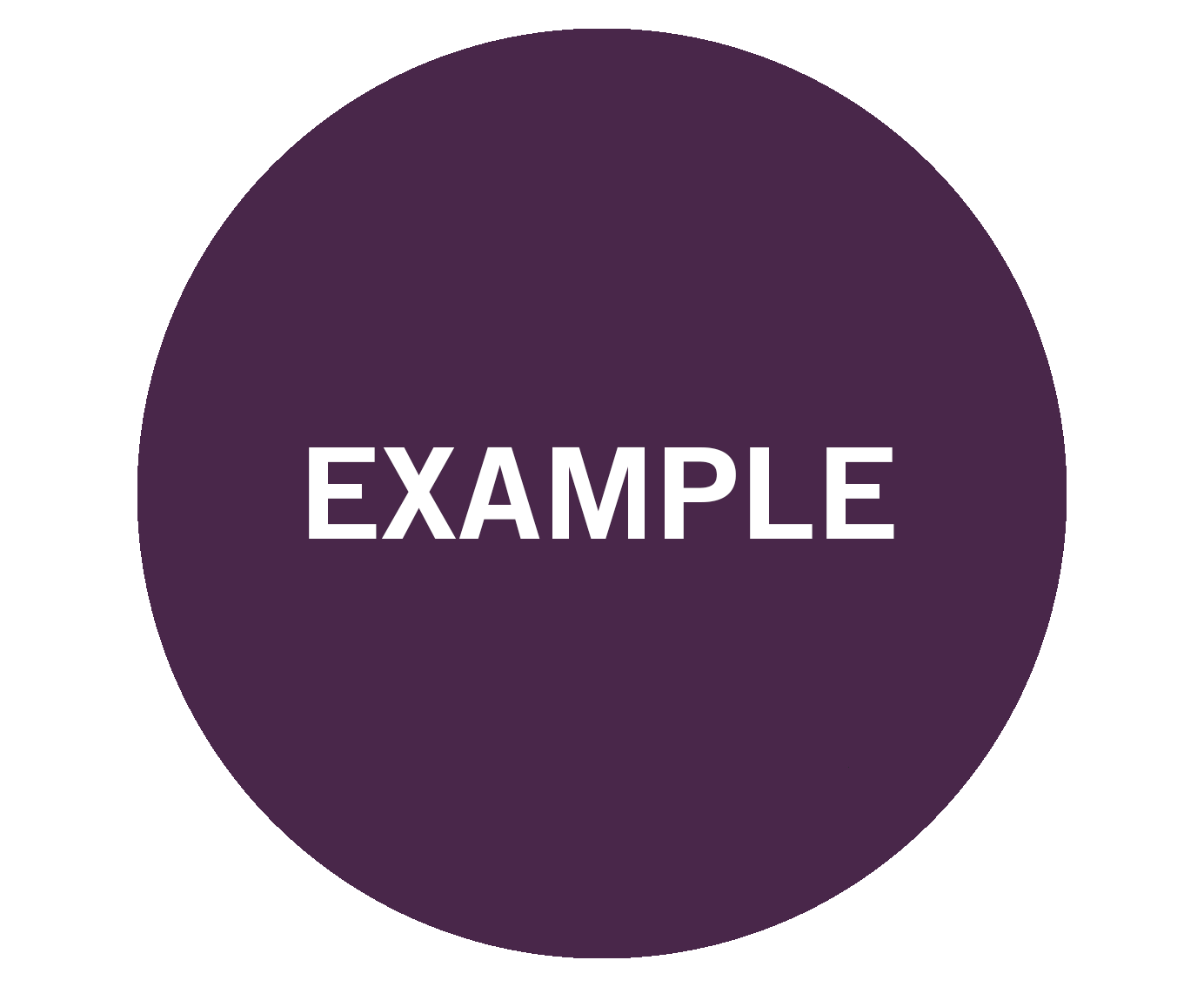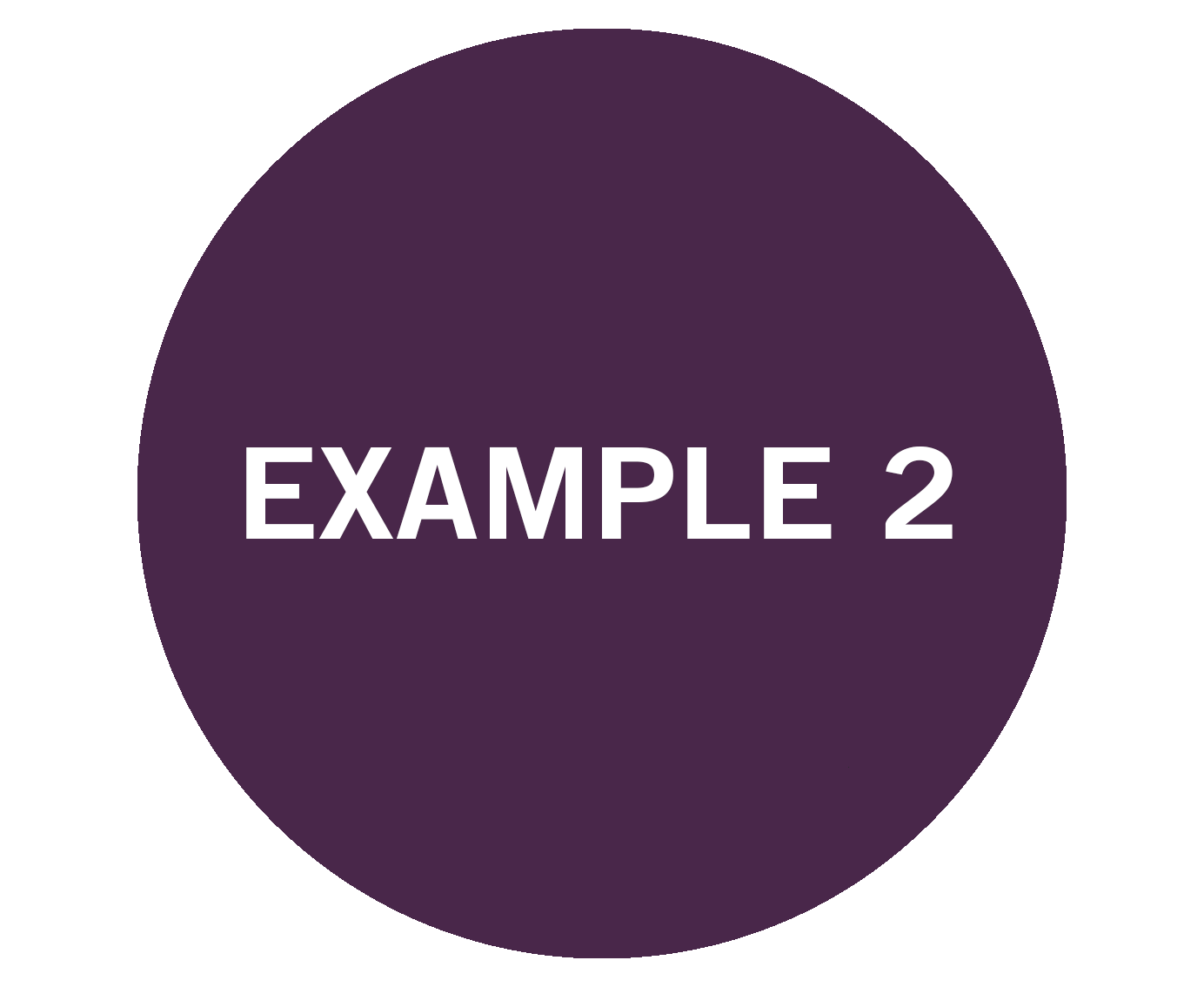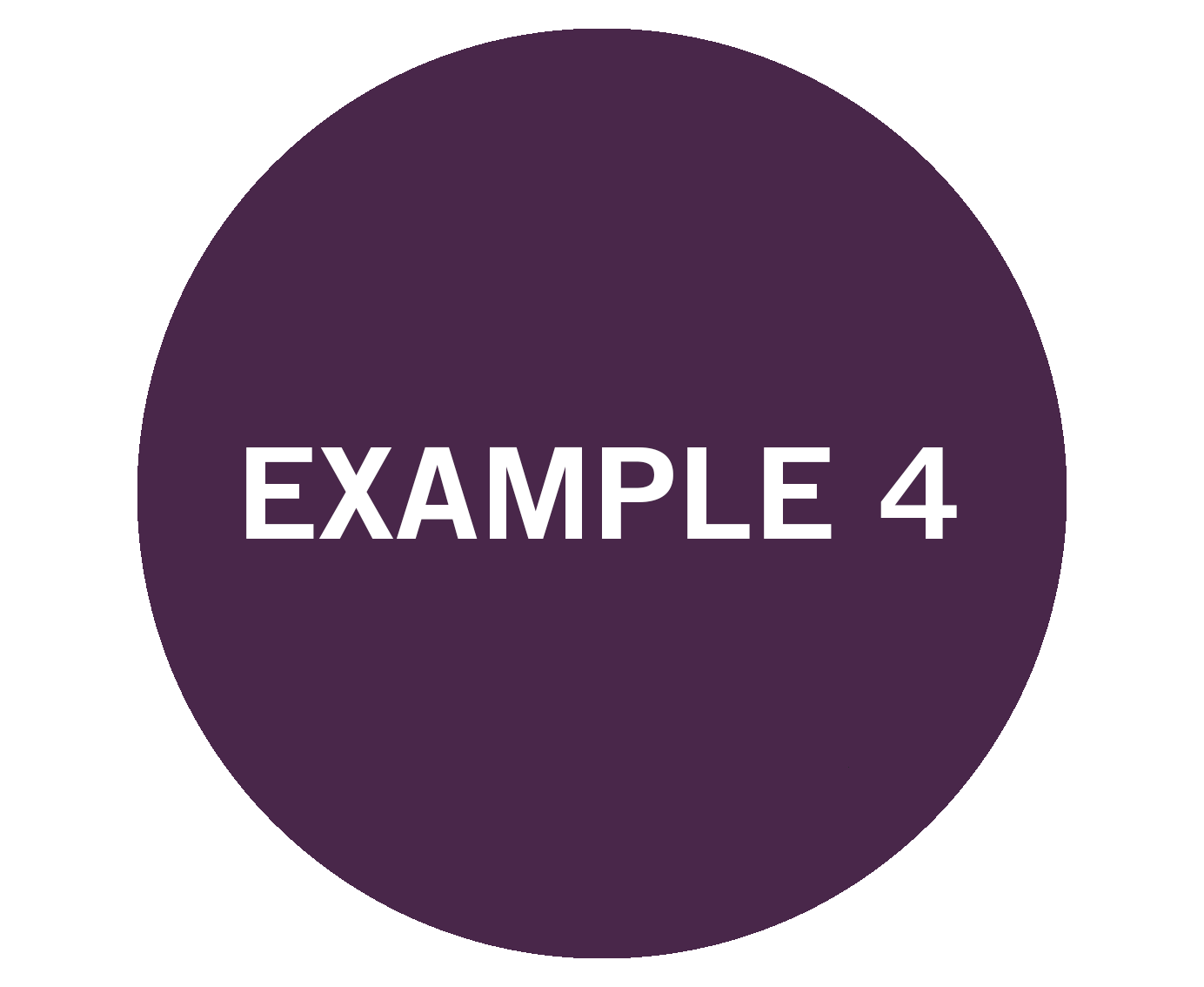The following introduction is from a School of History undergraduate research project entitled '“Uganda’s children are being sodomised left and right!”: change and continuity in perceptions of homosexuality in uganda, 1876-2014'.
Click to view and print this example.
On the 24th February 2014, President Yoweri Museveni signed The Anti - Homosexuality Act, an act prohibiting the occurrence, recognition or promotion of same-sex relations in Uganda. This is the apex of a state-driven, religion-endorsed homophobia which, since the Anglican Communion’s Lambeth Conference, 1998, has swept across the nation and embedded itself within public consciousness.
Taxi drivers decorate their bumpers with stickers proudly proclaiming diatribes instructing people to ‘Say No 2 Sodomy’ whilst leading clergy implore citizens to ‘stand firm’ in their opposition to homosexuality. Across the rest of Africa these messages are the norm, not the exception; thirty-seven other African countries have anti-homosexuality laws. In 1995, two weeks after refusing to allow the organisation Gay and Lesbian Zimbabwe (GALZ) from taking part in a book fair, Robert Mugabe declared that homosexuality was ‘sub-human behaviour’, ‘worse than [that of] dogs and pigs’. More recently, in Zambia, Bishop Joshua Banda has claimed that same-sex couples ‘are doing it the wrong way’. With Museveni pronouncing that the Act was incited by ‘arrogant [...] Western groups [...] coming into our schools and recruiting young children’, it is clear that there are three major tropes within African perceptions of homosexuality; that it is (i) unnatural; (ii) un-Christian; and (iii) un-African.
Homosexuality has been presented as foreign to the African continent, since the late eighteenth century. However, it was not until the arrival of Christian missionaries in Buganda in the late 1870s, that this perception became cemented with their condemnation of Kabaka Mwanga’s homosexual relations. The Christian anthropologist, John Roscoe, had soon defined the sexuality of both the Banyoro and the Baganda as exclusively heterosexual. For the rest of the twentieth century, this presumption went largely unchallenged by anthropologists, and when homosexuality was mentioned, it was passed over swiftly or clarified as an anomaly. This continuing silence was punctuated only by the accounts of historians, who whilst writing about the pre-colonial Buganda, left the foreign assumptions of the missionaries unchallenged. Although the human immunodeficiency virus (HIV) had been seen as a homosexual pandemic in the West, it was, and still is, seen as exclusively heterosexual in Africa. This silence was finally broken by T. Dunbar Moodie in 1994, who revealed that homosexual mine marriages were an integral part of a distinctly patriarchal microcosm in South Africa’s gold mines in the 1970s. This neatly coincided with the African National Congress including ‘sexual orientation’ in the equality clause of their new constitution.
With this barrier now broken, scholarship has been primarily focused on refuting the alienating claims of the increasingly homophobic rhetoric of African leaders. Marc Epprecht has been at the forefront of this research, perceiving homophobia, not homosexuality, as un-African. Recently, scholars have focused on trying to explain why virulent homophobia has emerged now; pointing their proverbial fingers at a multitude of factors ranging from fears of neo-imperialism, to the influence of the US evangelical Christian Right, and perceived threats to patriarchal heteronormative norms. While scholars may have answered the question of why now, they have been guilty of not delving deep enough into the past to explain why, a society they contend as traditionally having rather fluid notions of sexuality, has now unified behind homophobic principles.
Apart from being dismissed as the source of ‘un-African’ perceptions, little has been done to show how the Christian morality instilled by the European missionaries in pre-colonial Uganda is connected with the anti-homosexual sentiment of today. This is likely resulting from the fact that there is a distinct lack of African “voices” discussing homosexuality in the pre-colonial period. Outside of the unreliable quotes included in the plentiful accounts of the missionaries, the earliest mention of homosexuality by Baganda sources is within two histories written in the early 1900s. Although, they were written by two prominent converts, and as such repeat the moral language of the missionaries, by looking at their silences and using them alongside Luganda proverbs, we are able to explore how Christian mores transposed traditional notions of sexuality. Like anthropological research, colonial records are mostly devoid of reference to irregular sexualities. However, records relating to a series of disturbances at King’s College, Budo in 1942, reveal that homosexuality was prevalent amongst the students. Again, while authentic African opinion is limited, perceptions can be ascertained through careful analysis of the correspondence and reports of colonial officials. In direct contrast, the explosion of social media in recent years means that today’s “voices” are now easily accessible. Nevertheless, must remember that with homosexuality now a rather controversial topic, much of what Uganda’s leaders say deliberately creates or upholds certain perceptions.
With this in mind, it is important to define what ‘homosexuality’ means in this essay to avoid any confusion. Whilst Epprecht sees the term ‘homosexuality’ as embodying a wide variety of sexualities, it is defined by The Anti-Homosexuality Act as ‘same gender or same sex sexual acts’. However, it is clearly understood within Ugandan society as male-male relations, with current rhetoric distinguishing it from ‘lesbianism’. Therefore, although the male ‘homosexual’ relations discussed by the missionaries were not described as such, the term has been used throughout the essay in the interests of continuity.
This dissertation will attempt to provide a new insight into why perceptions of homosexuality are so adverse in Uganda today. In doing so, it will highlight how these perceptions have been marked by continuity and change over the past one hundred and forty years. We begin by exploring how the Baganda reacted to the Christian morality of the missionaries. Even though their narratives are limited, it is clear that this morality created an inflexible mesh of sexual virtues. This led to homosexuality becoming identified as a dangerous foreign immorality. Chapter II traces how, by the 1940s, this identity had developed, becoming associated with criminality and focuses on a period of disturbances which occurred within the grounds of the prestigious boarding school, King’s College, Budo. The final chapter explores how this multifaceted perception of abnormality forms a significant basis for the homophobic torrent espoused by Uganda’s leaders today.
Click below to highlight areas of this introduction commented on by a tutor:




